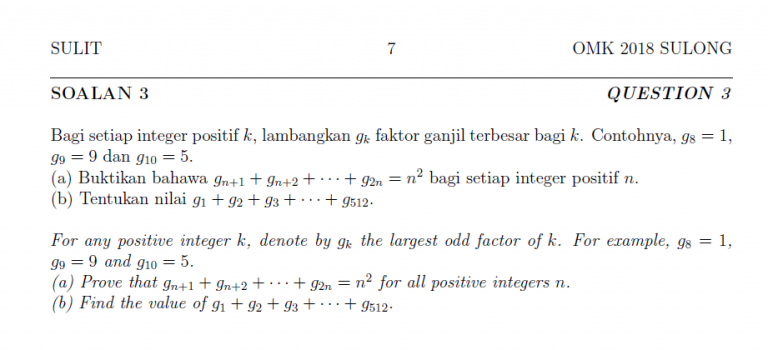Set Theory Inequality: “For two events A and B show that: P(A int B) <= P(A) <= P(A U B) <= P(A)+P(B)? Here (A int B) represents A intersection B, (A U B) represents A Union B"
Answer
We use the classic probability relation :
P( A U B ) = P(A) + P(B) – P(A n B) …(1)
Note : P(A n B) = P(A int B)
So,
P(A n B) <= P(A) because (A n B ) is a subset of A.
Next, similarly,
P(A) <= P(A U B) because A is a subset of (A U B).
Lastly,
from (1),
[ P(A)+P(B) ] – P(A U B) = P ( A n B) >= 0
That is rearranging,
P(A U B) <= P(A)+P(B)
Writing all of the results above in “one line”, we get
P(A int B) <= P(A) <= P(A U B) <= P(A)+P(B)
End.



